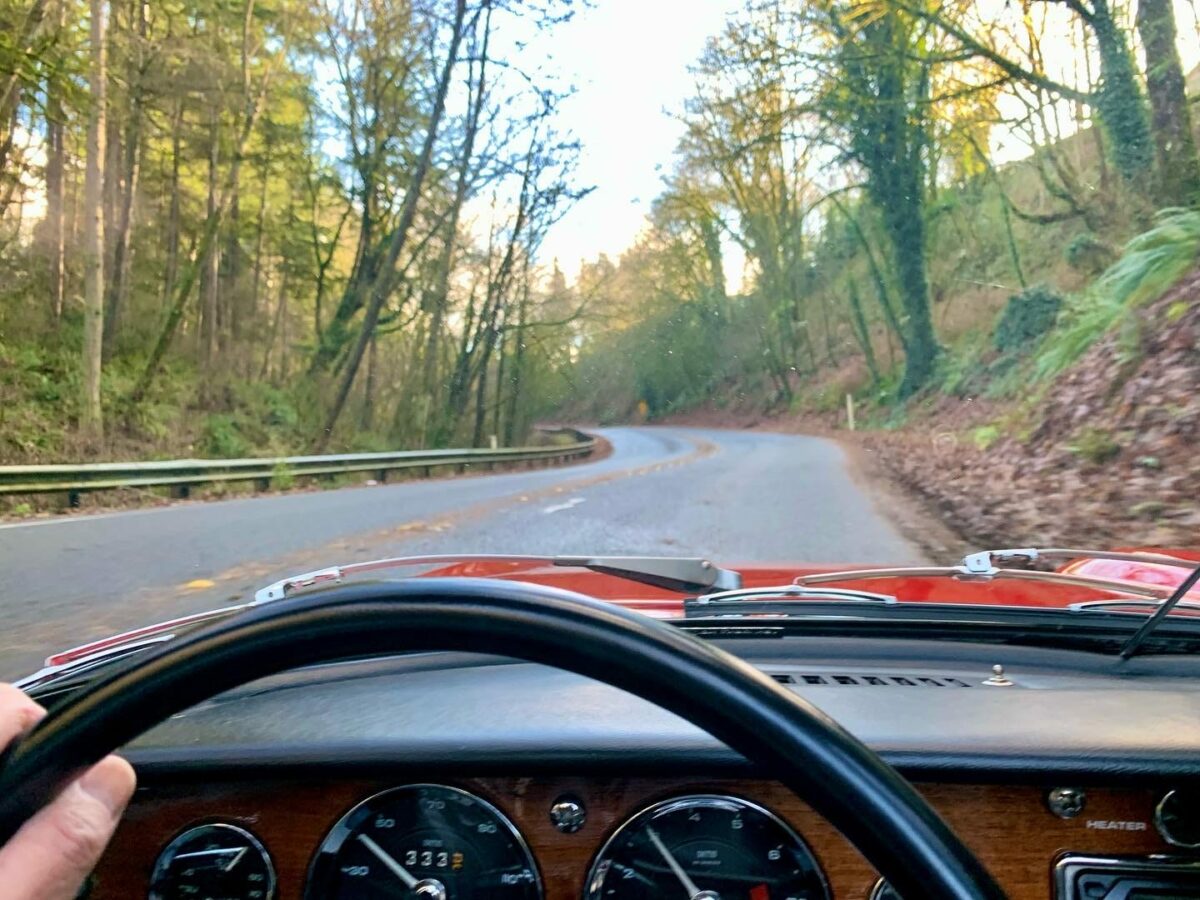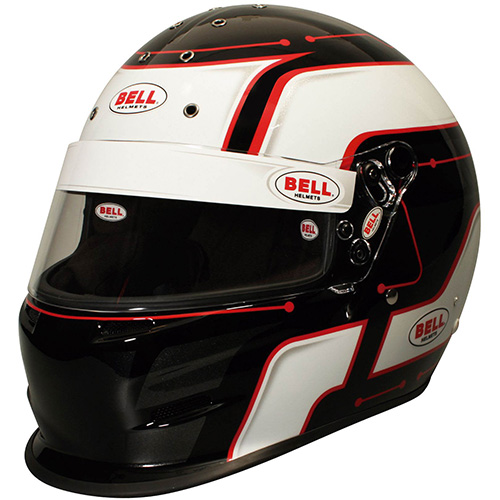Speed Secrets: Am I the Only One?

Squirting out of the 120-degree right-hander, I stretch second gear to 5500 RPM, accelerating hard, flicking the shifter up to third, foot buried to the floor, and catch fourth gear just before my reference point, the change in pavement surface: A good corner exit.
Like touching a hot stove element, a shift-point reference provides feedback that is accurate and instantaneous. Most exits out of that right-hander had me shifting to fourth gear right at the pavement change, so catching it a few feet earlier means I was able to get to the throttle sooner than usual. It had everything to do with the way the car was balanced and the line I carved through the turn.
Hitting a turn like that is a bit like a favorite old song coming on the radio. But it’s even more than that, because it’s not a passive thing. It’s happening right now, and I’m in it. I’m making the music, not just listening to it. It is art… and also science.
Knowing that I’ve nailed the turn, getting everything I could out of myself and my car provides a sense of satisfaction, a sense of accomplishment, a sense of purpose.
Yes, that’s it. Purpose. It is my purpose. I drive with purpose. Driving is my purpose. Am I the only one who feels this way?
It’s the next day and I’m approaching that same right-hander again. I have the car on its edge under braking, heel-and-toe blipping the throttle as I skip-shift from fourth to second gear approaching the point where I turn in, overlapping the release of the brakes with a crisp turn of the steering wheel, arcing the car past the apex and then unwinding the wheel, letting the tires run free as I strongly feed in the throttle, using up all of my lane, looking way ahead as I upshift my way down the highway.
It doesn’t matter if I’m on the track, racing, or buzzing the backroads and highways, I’m always comparing how I did when exiting each and every turn.
Way back in 1993, exiting Turn 4 at the Indianapolis Motor Speedway, I glanced at the speed readout on the tiny dash as we — my car and I — merged with that one-foot gap of air next to the concrete wall encircling the 2.5 miles of the famed racetrack. “219.” One MPH better than the last lap. Great run through 3 and 4, good lap coming up. Looking for 220 at that point, next lap.
Or, shifting to sixth gear, having exited the Daytona International Speedway Bus Stop chicane for yet another lap during the Rolex 24-hour race, I compared where I was to the “D” of the “Daytona” painted on the wall outside of NASCAR turn 3. A couple of feet earlier meant I carried good momentum through the Bus Stop and exited it well.
And these days, exiting the right-hand turn on Dash Point Road in my Lotus Elan, I compare where I shift into fourth to the pavement change. A car length (even if it is just an Elan-car-length) earlier than my previous best, means a strong exit.
Is it just me? Am I the only driver who compares shift points exiting every turn I face more than once, whether I’m on a racetrack, an urban intersection, freeway onramp, or a twisty back road highway? Am I the only one?
I’ll bet I’m not alone. How about you?


















